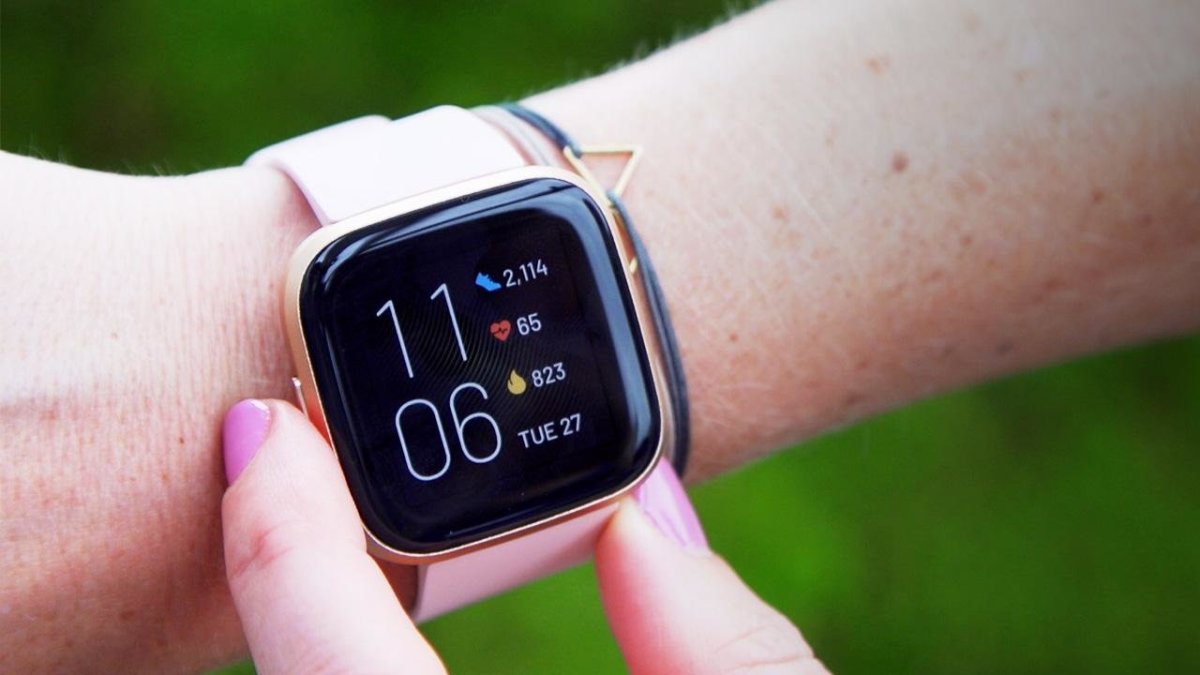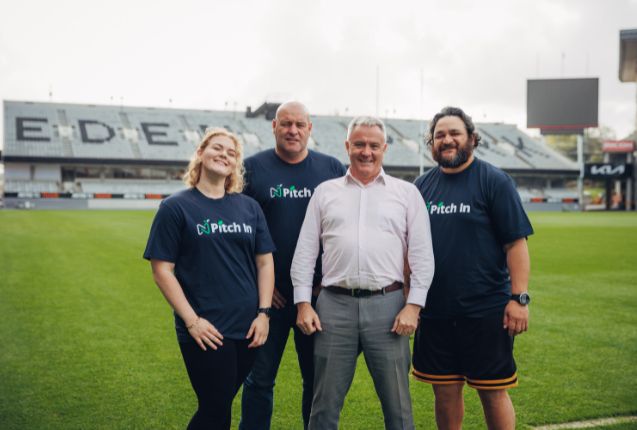Pat Pilcher’s round up of the latest gear for work, rest and play.
Huawei Nova 5T
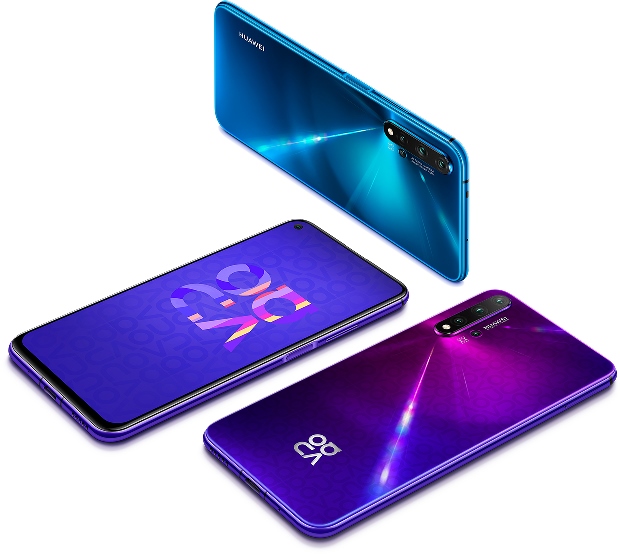 With flagship smartphones costing upwards of $2,000, buyers on a budget are often left wondering what their options are. The Huawei Nova 5T offers flagship-like specifications at a wallet pleasing $699. There is a 6.26-inch FHD+ LCD screen and the same flagship Kirin 980 processor that powers the P30 Pro. For storage, the Nova 5T comes with 8GB of RAM, and a chunky 128GB of storage. Add to this four rear shooters consisting of a 48-megapixel rear sensor, a wide-angle 16-megapixel sensor, and a 2-megapixel depth sensor plus 2-megapixel macro shooter and you get a lot of bang for your budget buck.
With flagship smartphones costing upwards of $2,000, buyers on a budget are often left wondering what their options are. The Huawei Nova 5T offers flagship-like specifications at a wallet pleasing $699. There is a 6.26-inch FHD+ LCD screen and the same flagship Kirin 980 processor that powers the P30 Pro. For storage, the Nova 5T comes with 8GB of RAM, and a chunky 128GB of storage. Add to this four rear shooters consisting of a 48-megapixel rear sensor, a wide-angle 16-megapixel sensor, and a 2-megapixel depth sensor plus 2-megapixel macro shooter and you get a lot of bang for your budget buck.
$699
https://consumer.huawei.com/nz/phones/nova-5t/
Fitbit Versa 2
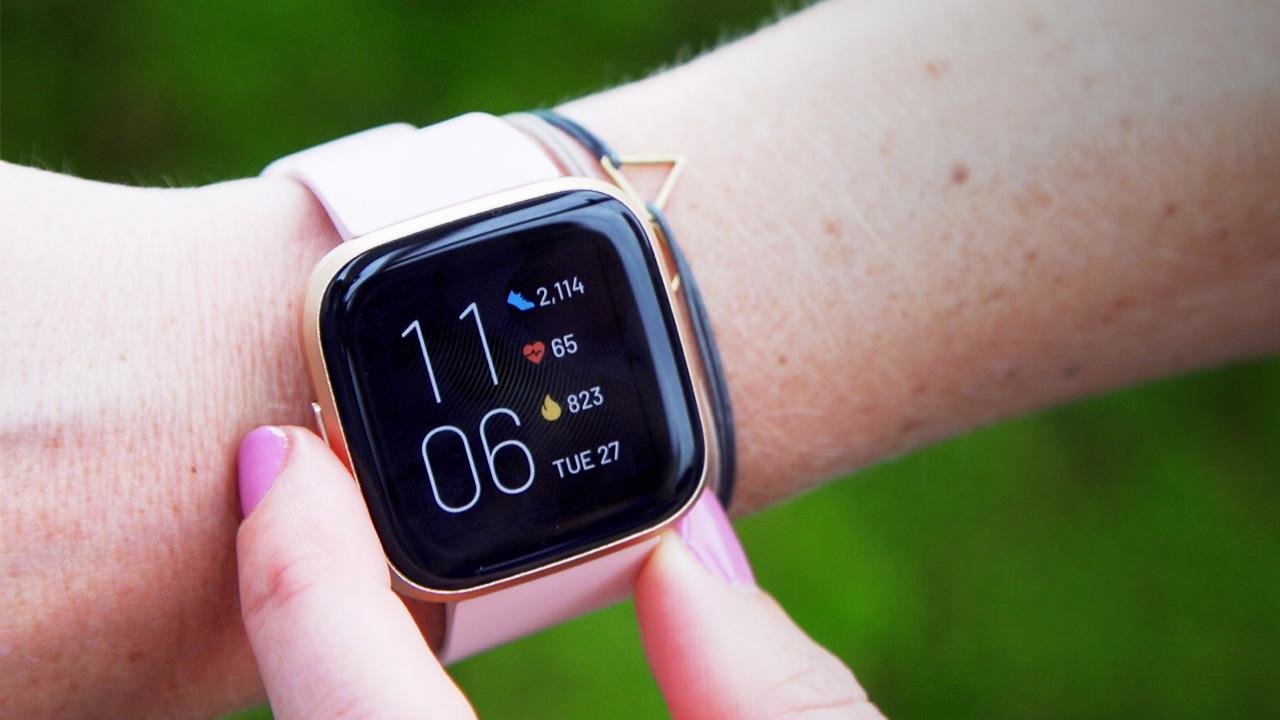 A frustrating truism of smartwatches is that even though they do a lot, they rarely do much well. Worse still, most smartwatches conk out after just a day away from the charger. None of this escaped the attentions of the folks at Fitbit, whose latest fitness tracker, the Versa 2, aims to do fewer things but do them well. Starting with 7 to 9 days of battery life, the Versa 2 can also take a dunking in up to 50m of water. It’ll also store several hundred music tracks and act as a payWave credit card (provided your bank supports Fitbit pay). It might be a dumb smartwatch, but its design and functionality make it a smart choice.
A frustrating truism of smartwatches is that even though they do a lot, they rarely do much well. Worse still, most smartwatches conk out after just a day away from the charger. None of this escaped the attentions of the folks at Fitbit, whose latest fitness tracker, the Versa 2, aims to do fewer things but do them well. Starting with 7 to 9 days of battery life, the Versa 2 can also take a dunking in up to 50m of water. It’ll also store several hundred music tracks and act as a payWave credit card (provided your bank supports Fitbit pay). It might be a dumb smartwatch, but its design and functionality make it a smart choice.
$349
https://www.fitbit.com/nz/home
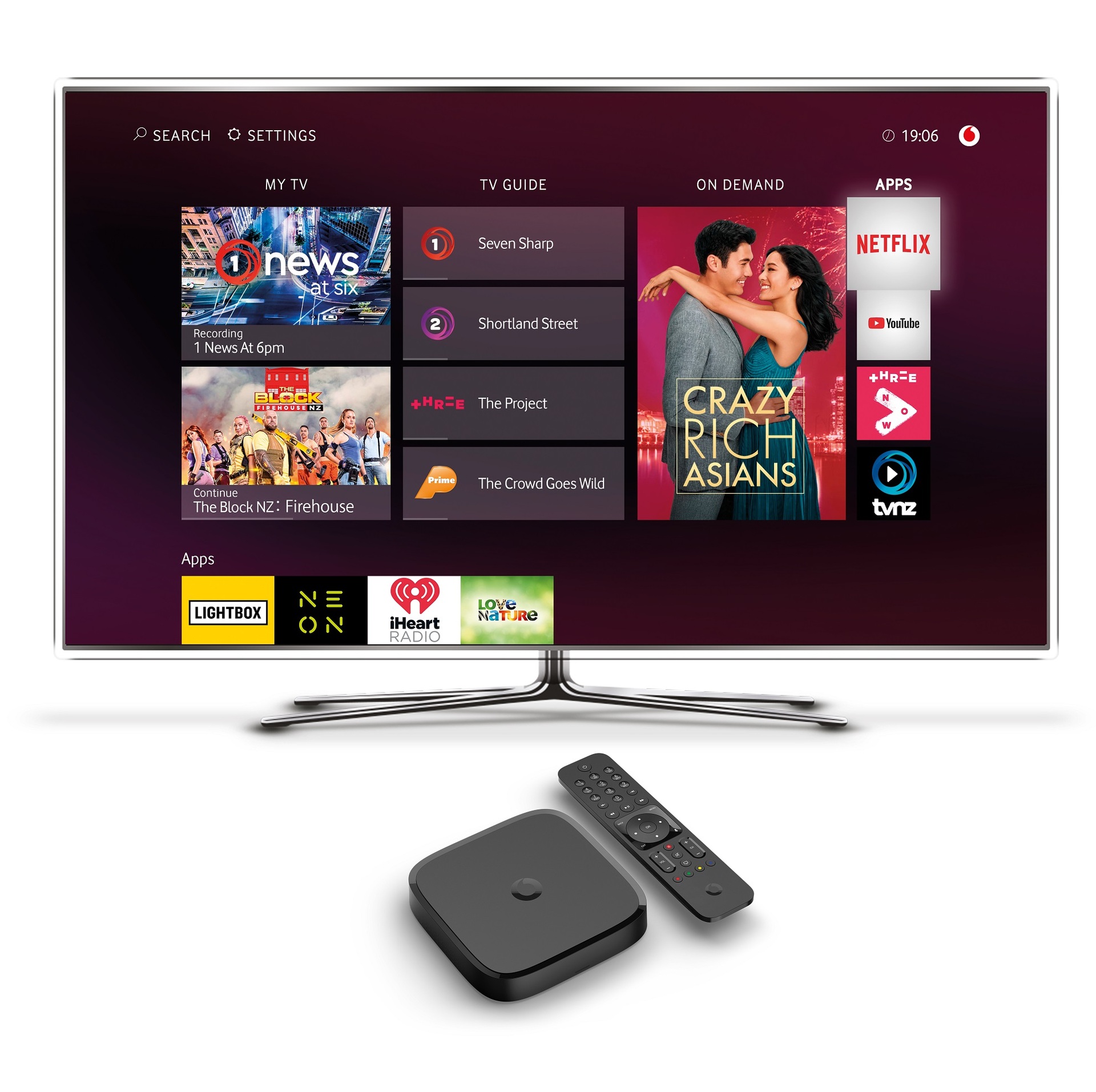 Vodafone TV
Vodafone TV
With Spark Sport’s teething problems, streaming media has been a hot topic recently. Amidst howls from rugby fans, Vodafone launched their streaming TV set-top box, the Vodafone TV. It’ll rewind and record a whopping 500-hours (up to 1.5Tb) of HD video onto Vodafone servers. This is a massive amount compared to what you get with MySky. It’ll also record/rewind/pause shows that aired up to three days ago. As a MySky replacement, that’s great, but there’s also the ability to stream shows from the lightbox, Neon, Netflix and soon, Amazon Video and Stuff Video. It’ll also work over any ISP’s broadband, not just what’s sold by Vodafone. A fast fibre connection is best, but some people are getting good results from VDSL. If you’ve got fibre, a dumb TV, and are looking for an affordable way to get Sky TV, Freeview and streaming services, Vodafone’s TV box might be just what the doctor ordered.
$179
Samsung Note 10+
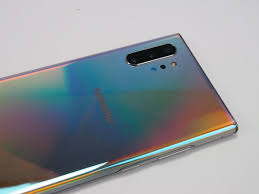 Galaxy Note fans can rejoice as Samsung are back with their latest mobile powerhouse, the Note 10. This year it comes in two flavours the smaller Note 10, and the XXL sized Note 10+. There’s a lot to like. For starters, it sports a stunning AMOLED, HDR 6.8 inch display, so movies and TV shows look spectacular. For those with extensive media collections and lots of apps, Samsung has also included a 12GB of RAM along with 256GB of storage. A big 4,300mAh battery gives close to a day and a half battery life, and it can be quickly topped up thanks to 45watt fast charging. It might pack a large screen, but it only measures 77mm wide by 162mm tall so pocketing, it isn’t an issue. The star of the Note 10 show is the S Pen stylus. It comes with what Samsung calls “Air Actions”. These allow you to wave the S Pen about Harry Potter style to do specific actions (such as zooming or rotating photos).
Galaxy Note fans can rejoice as Samsung are back with their latest mobile powerhouse, the Note 10. This year it comes in two flavours the smaller Note 10, and the XXL sized Note 10+. There’s a lot to like. For starters, it sports a stunning AMOLED, HDR 6.8 inch display, so movies and TV shows look spectacular. For those with extensive media collections and lots of apps, Samsung has also included a 12GB of RAM along with 256GB of storage. A big 4,300mAh battery gives close to a day and a half battery life, and it can be quickly topped up thanks to 45watt fast charging. It might pack a large screen, but it only measures 77mm wide by 162mm tall so pocketing, it isn’t an issue. The star of the Note 10 show is the S Pen stylus. It comes with what Samsung calls “Air Actions”. These allow you to wave the S Pen about Harry Potter style to do specific actions (such as zooming or rotating photos).
$1,899
https://www.samsung.com/nz/smartphones/galaxy-note10/
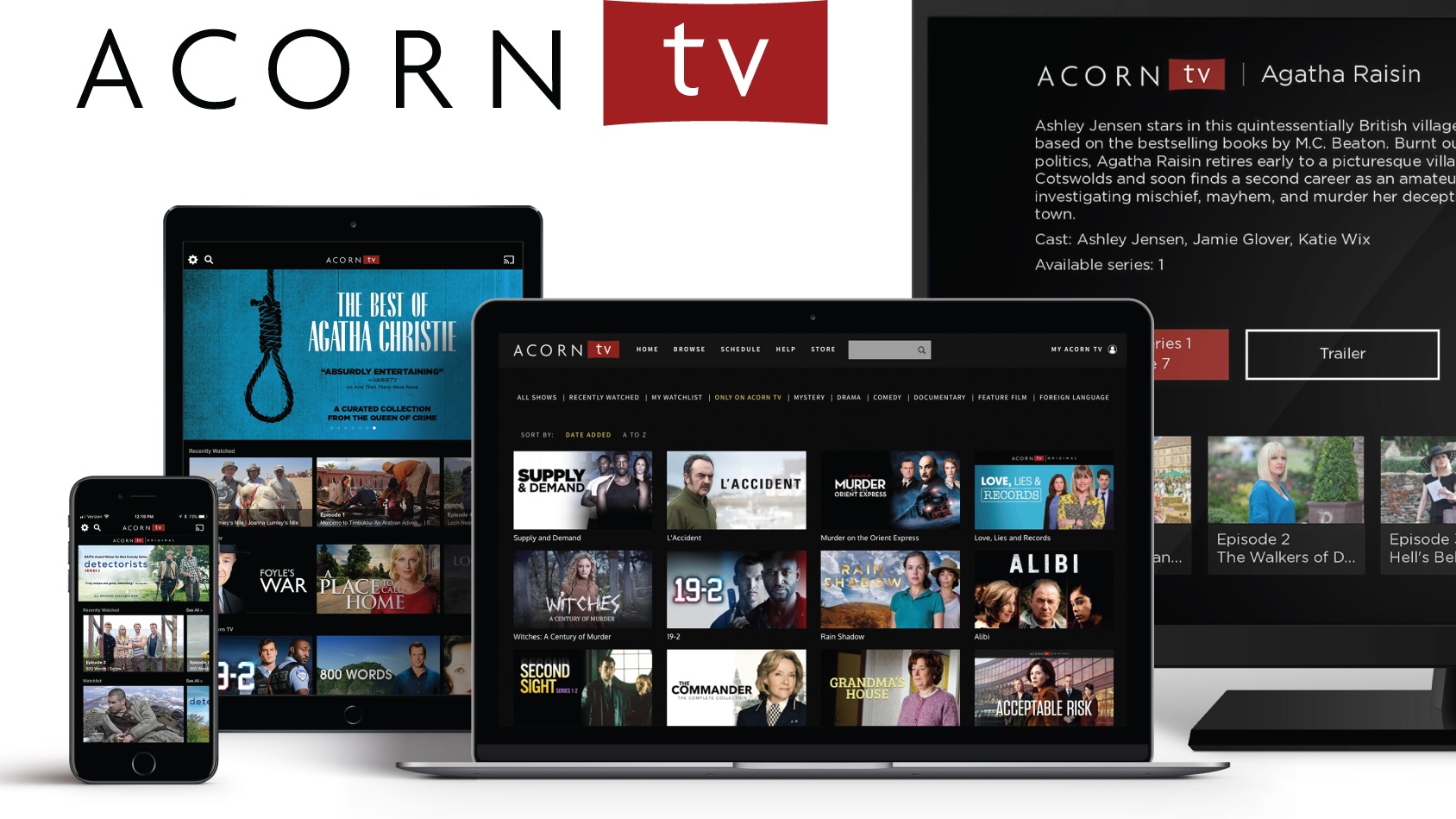 Acorn TV
Acorn TV
As spoiled as we are for choice with the rise and rise of streaming services, most of them get dominated by US content. If like me, you love a decent bit of Brit drama, Acorn TV, a UK-centric streaming service that is chokka block filled with top-notch UK drama, and docos plus original content has finally launched in NZ. At $7.99 a month, it won’t break the bank either.
$7.99 per month
Vehicle fleet tracking equals efficient logistics
Large fleets of delivery vehicles are part and parcel of today’s online retail environment. Logistics usually translates 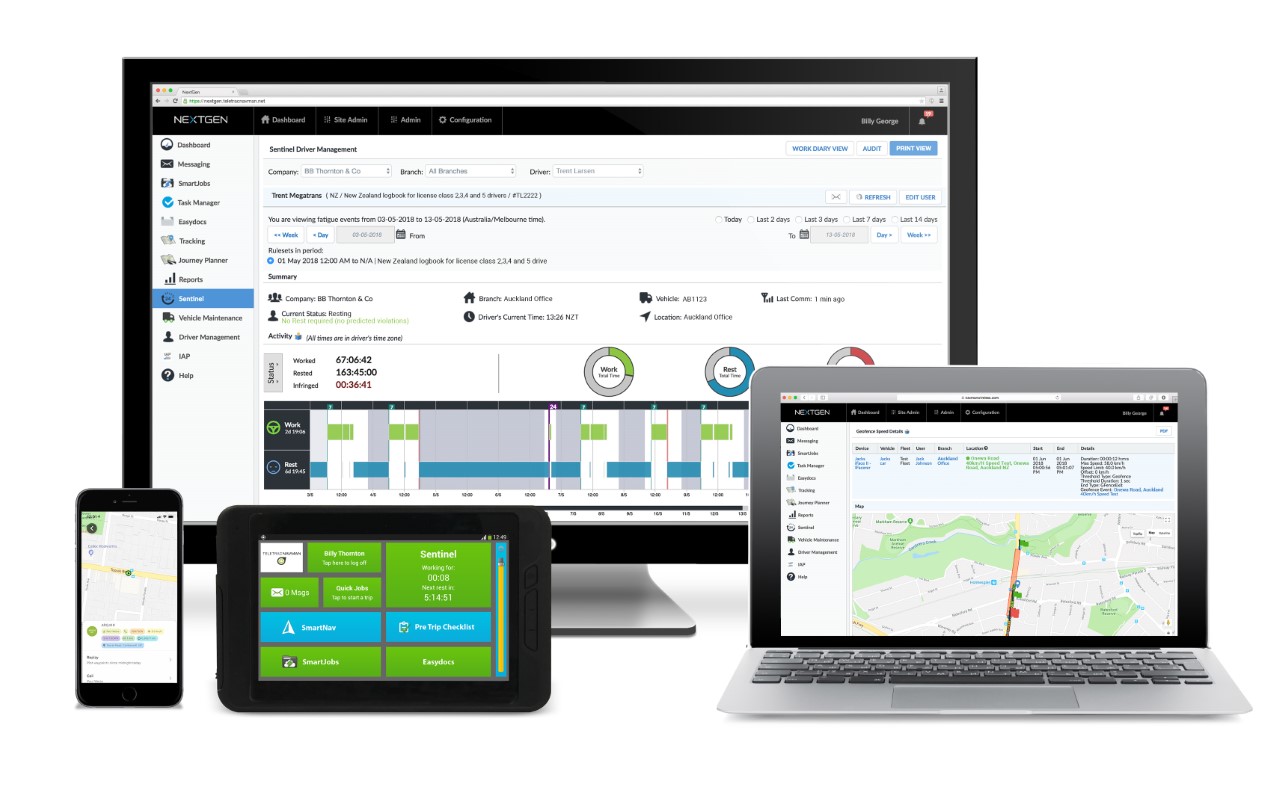 into a complex setup consisting of people, vehicles, goods and a multitude of other moving parts. In short, Keeping a logistics business moving requires some hair-raising juggling. GPS fleet management systems play a growing role in ensuring businesses (and customers) can get real-time visibility of packages/delivery vehicles or the entire fleet. These also allow companies to develop a database on both vehicle and driver information. Additionally, a fleet management system will also help a central team co-ordinate with multiple mobile units so that customers get their goods in a timely fashion.
into a complex setup consisting of people, vehicles, goods and a multitude of other moving parts. In short, Keeping a logistics business moving requires some hair-raising juggling. GPS fleet management systems play a growing role in ensuring businesses (and customers) can get real-time visibility of packages/delivery vehicles or the entire fleet. These also allow companies to develop a database on both vehicle and driver information. Additionally, a fleet management system will also help a central team co-ordinate with multiple mobile units so that customers get their goods in a timely fashion.
The logistics business is a very costly thing, and margin pressure plus productivity roadblocks are the two biggest challenges most often cited by logistics businesses. The good news is that GPS based fleet management systems can help solve these issues.
According to Mike Tansley, ANZ Training Manager for Teletrac Navman, GPS Fleet management systems “can help reduce the amount of admin for staff, dispatch and back office bureaucracy”. Another benefit is that businesses using fleet management systems accumulate data over time. Through this, they gain the ability to track and predict trends, so a fleet management system can help to inform business decision making for better productivity.”
Productivity improvements is a win for delivery services, says Tansley. “Our fleet management system gives businesses the whereabouts of every fleet vehicle to help to plan efficient routes. With real-time data and an in-cab messaging system, delivery businesses can be responsive to changes and keep a large fleet as productive as possible.”
Another issue that isn’t immediately obvious is the amount of compliance, health and safety requirements to navigate. This says Tansley, is a core part of Teletrac Navman’s solution. “The system can streamline and track vehicle compliance though features such as maintenance and servicing alerts, digital pre-trip inspection checklists, and even the automation of some compliance processes such as the regular purchasing of Road Usage Charges licences.”
A crucial part of the safety aspect also involves monitoring driver behaviour due to issues such as speeding and fatigue. A fleet management system can streamline this through tools such as an NZTA-approved electronic driver logbook, speeding and harsh cornering alerts. Driver scoreboards also help fleet managers understand performance and highlight where additional training may be needed.

